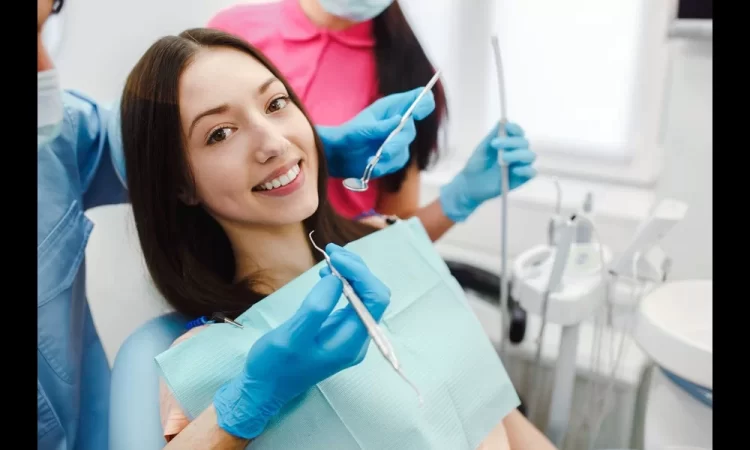
The use of lasers in dentistry began in 1994, and they have since been widely incorporated into patient treatments. The best cosmetic dentist in NYC often utilizes advanced laser technology to enhance precision and comfort during procedures. Dental laser systems require approval from the FDA for use in the United States, and their introduction depends on meeting these regulatory requirements.
WHAT LASER TREATMENTS ARE USED BY DENTISTS?
- Tooth Decay: A Laser is used by a dentist to remove the decay within a tooth and prepare the other enamel ready for fillings.
- Gum Disease: Lasers are also used to clean bacteria and infection while giving the root canal treatment by the dentist.
- Lesion Removal: The laser treatment can be used for removing a small piece of tissue, which is known as a biopsy, so that the small piece can be examined for cancer. The lasers can also be used to remove lesions in the mouth and reduce the pain of cancer strokes.
- Teeth Whitening: A peroxide bleaching solution is applied to your teeth, which speeds the process of teeth whitening. The application of lasers is used to escalate the teeth-whitening process.
HOW DO LASERS WORK IN DENTISTRY?
The process of laser work delivers energy in the form of light. When it comes to surgery and dental treatment, the laser is used as a cutting tool or to vaporize tissue. Laser is also used for teeth-whitening by creating a heat source and improving the effect of tooth-bleaching.
WHAT ARE THE PROS AND CONS OF USING A LASER IN DENTISTRY?
When it comes to pros, there are quite a few advantages associated with getting a laser treatment in dentistry. The pros are listed below,
- The use of lasers reduces the anxiety in patients, as they might feel uneasy with the traditional dental drill.
- The laser also reduces the bleeding and swelling during a circumstance of soft tissue treatment.
- Use of lasers in dental treatment might help to restore a healthy tooth during cavity removal.
However, there are some inherent drawbacks suffered by dentist while giving a laser treatment. The cons associated with laser treatment are listed below,
- The laser treatment cannot be used on the teeth that already have fillings.
- Though the use of lasers has tremendously reduced dental efforts, it cannot be performed in all dental procedures.
- The concept of Traditional drills may still be needed, as it will shape and polish the filling.
- Lasers do not completely eliminate the need for anaesthesia.
- The effective cost of a laser treatment is expensive compared to a dental drill.
CONCLUSION
Laser treatment stands out as an effective and innovative option in dentistry. While it can be more expensive than traditional methods, its ability to reduce pain, minimize dentist effort, and provide a favourable experience for many patients makes it a strong choice. Although not suitable for every dental case, the benefits of laser use in dentistry are clear and significant, positioning it as a valuable tool in modern patient care.




